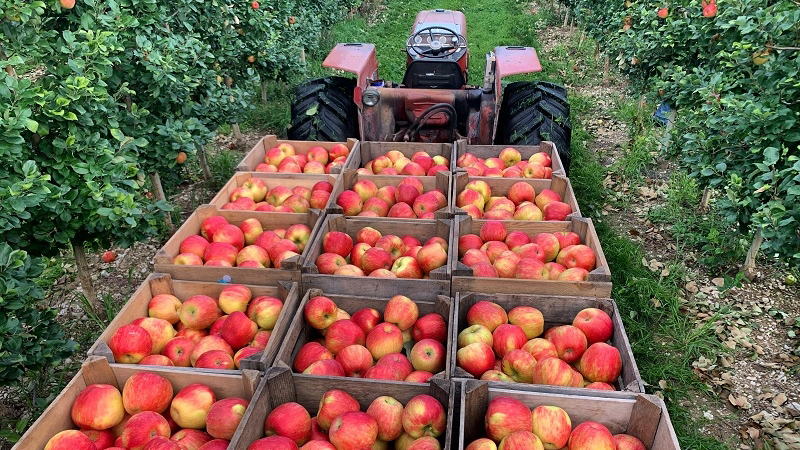In Focus: Linda Lindenberg

1. In your interaction with growers, what are you hearing about their major pest concerns?
Lindenberg: It depends on the crops and market. For vegetable growers, whiteflies are a huge problem because their transmission of viruses is very difficult to suppress. In addition, thrips are becoming an increasing problem. They are becoming nearly impossible to control even with effective and excellent chemistries. In citrus, the Asian citrus psyllid remains the top pest due to HLB transmission and the leafminer due to canker spread concerns. We are seeing more issues with scale in citrus due to increased applications for psyllids, which is reducing the beneficial insects that normally help control scale. Growers are looking to balance out their applications by using some greener chemistries. IPM and resistance management tactics are imperative to our long-term success in all crops. For my range and pasture growers, weeds like dog fennel, flat top goldenrod, pigweed, and tropical soda apple are the biggest challenges.
2. Given current challenges, how is Florida agriculture faring?
Lindenberg: Florida agriculture continues to stand despite the challenges thrown at them from the down economy and Mother Nature. And it seems that Mexican produce begins to show up earlier every year, so competition is an ever present challenge. But, our growers keep at it and are some of the best group of people anyone could have the privilege to work with.
3. What can growers expect new from Dow AgroSciences in the coming year?
Lindenberg: Dow has a new chemistry in 2012 aimed directly at Florida growers. It is called Sulfoxaflor and will be labeled both for citrus and vegetable crops. It is like Delegate and Radiant (spinetoram, group 5) as well as Intrepid (methoxfenozide, group 18) and brings another new group to growers for IPM. It can be considered another new green chemistry that will be effective in pest control.
4. How much emphasis does Dow AgroSciences place on research and development and bringing new products to growers?
Lindenberg: Dow is currently building a new research facility in Indianapolis. This new lab is an $800 million investment and will add 500 new scientists to our already significant research infrastructure. It is very exciting to see this cutting edge science come to life in the form of real products that real ranchers can use in their production.










